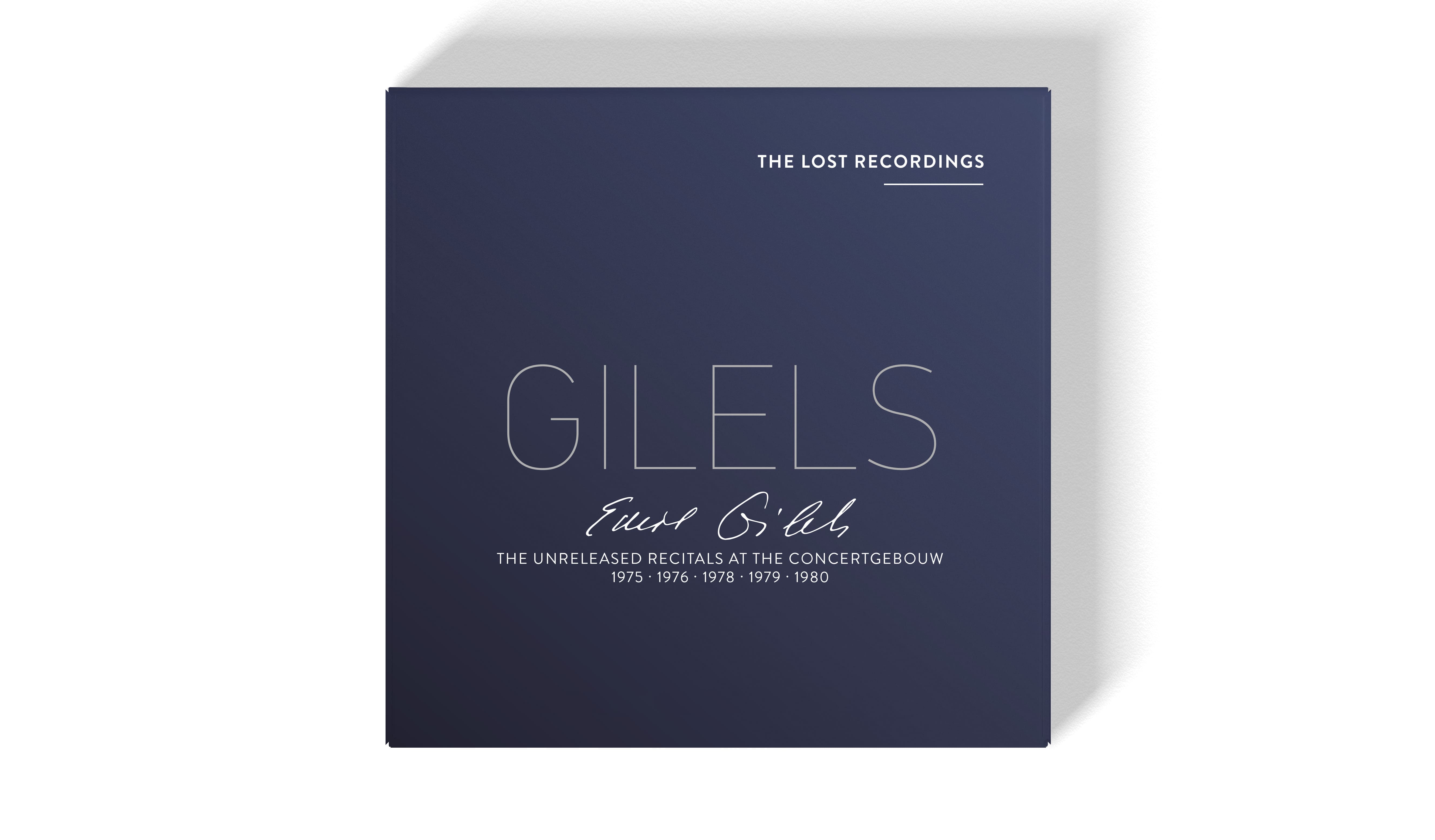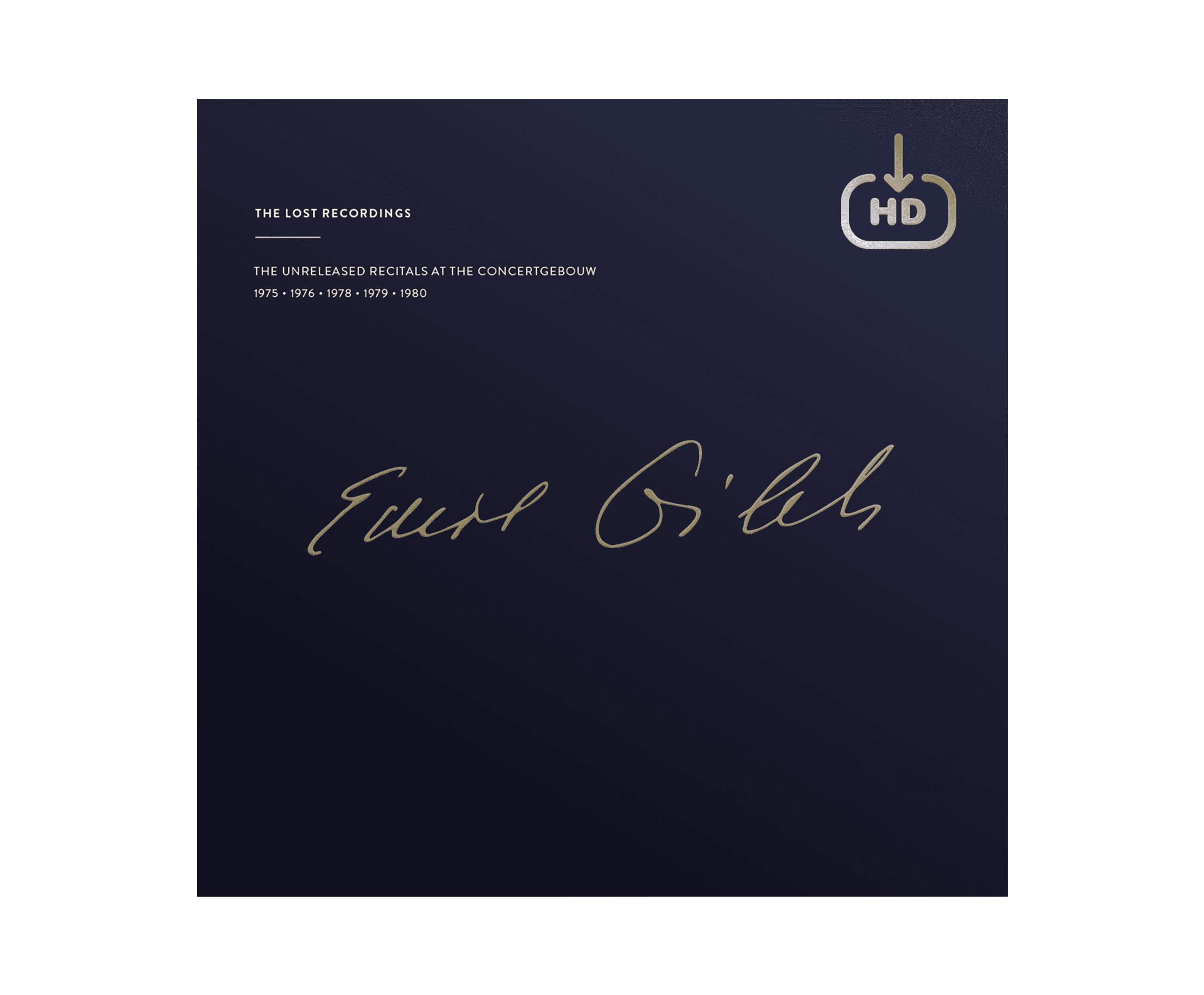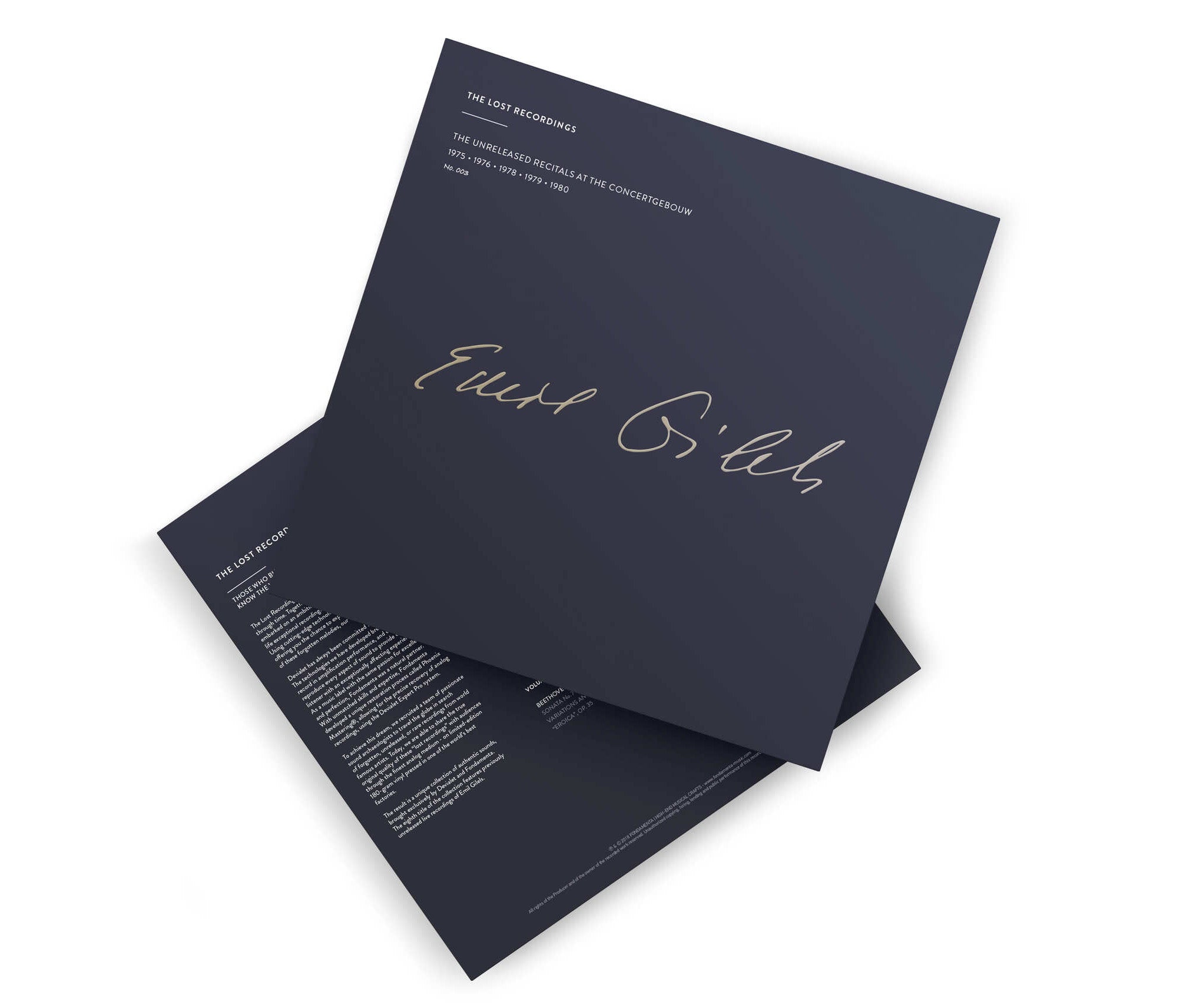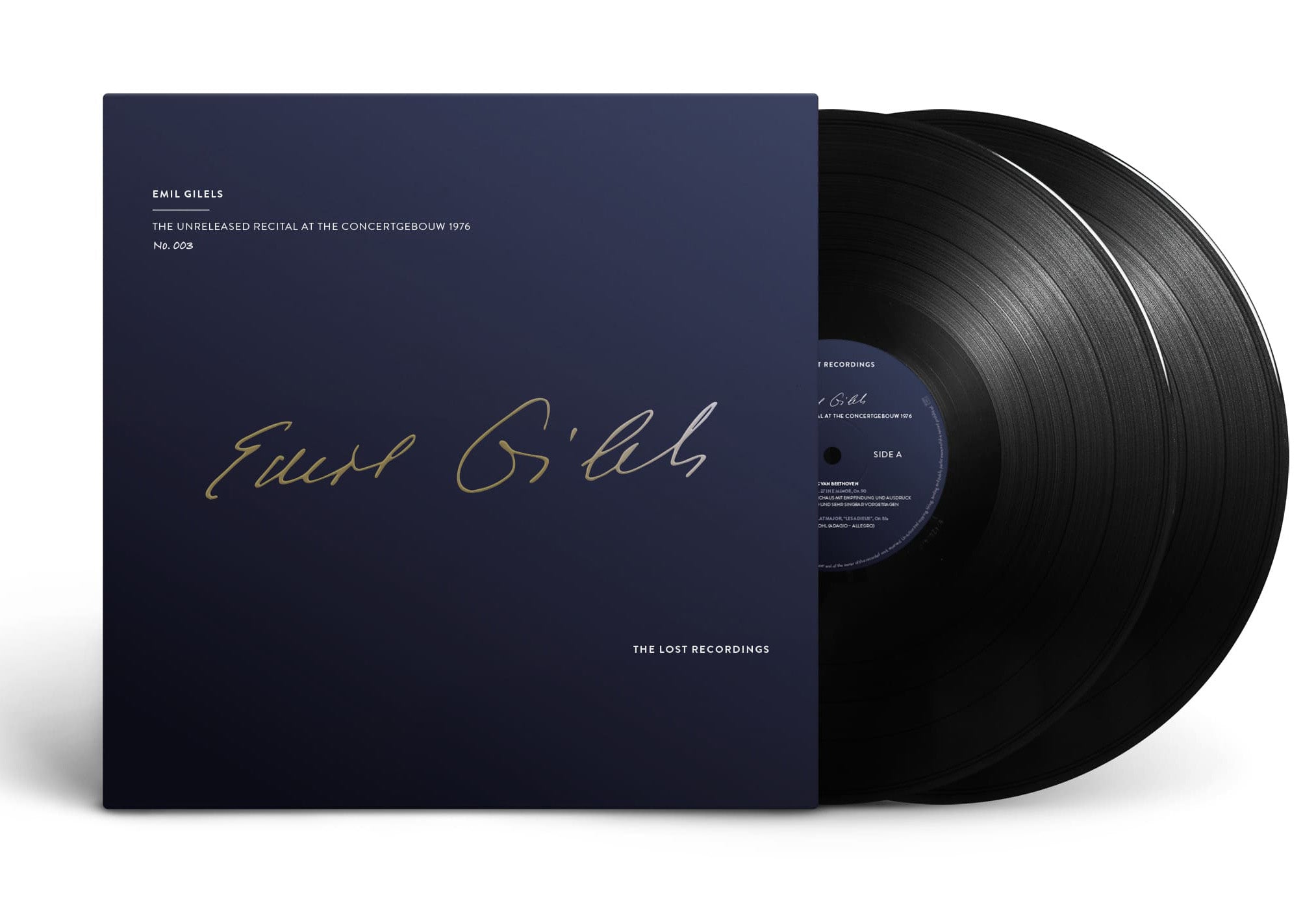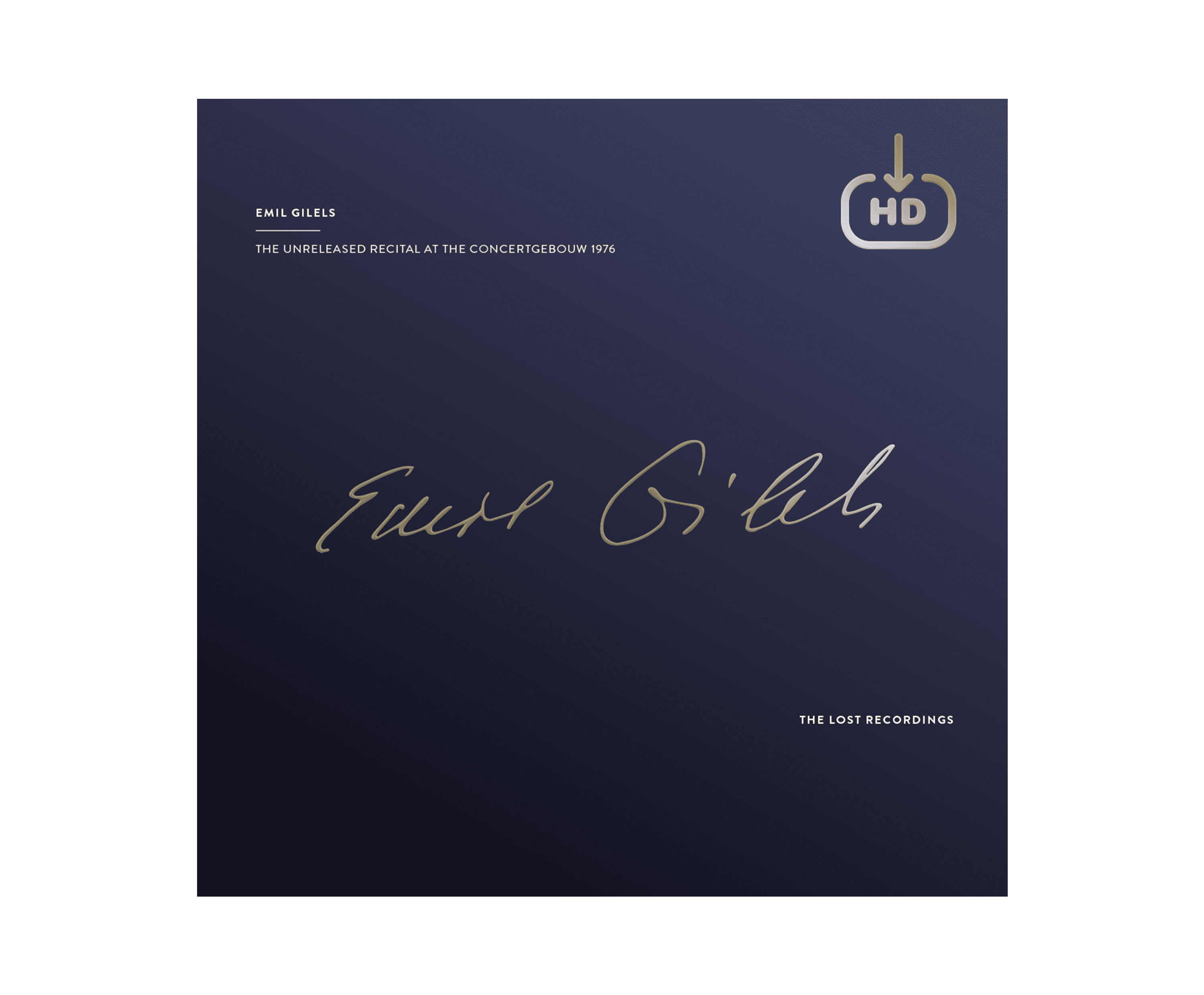EMIL GILELS
The unreleased recitals at the concertgebouw
The unreleased recital at the concertgebouw 1976
Subscribe to our newsletter to stay informed about new releases.
Birth of an ambitious European
Born on October 19, 1916 in Odessa, Ukraine, Emil Gilels grew up in the poor neighborhood of Moldavanka with his parents. They were not musicians, but despite this, their modest apartment contained a piano. In spite of difficult times, Emil Gilels showed a great gift for music. At the age of 2, he puts his hands on a keyboard and listens to the sounds that come out. It becomes very obvious that Emil Gilels has the absolute ear.
He was then introduced to a famous teacher in Odessa. The young Emil Gilels completes the first part of his studies with great ease. The position of his hands is never in question, his ear is extraordinary, his memory allows him to learn the basics and the musical grammar at a disconcerting speed. After only a few months of learning, the young Emil Gilels was able to play sonatas by Mozart and Clementi. Moreover, at the age of 11, he mastered numerous studies of Chopin and Liszt.
During this period, he was very attracted to the theater, he began to compose and dreamed of being a conductor. Emil Gilels gave his first public recital at the age of 12. His famous program included Beethoven's Pathétique Sonata and Liszt's Etude and Chopin's Waltzes. The critics in the hall were simply amazed by his virtuosity, the depth of his interpretations, his clear, sweet sound and his uncluttered style. Throughout his great career, these qualities will remain intact and central to his art.

A meeting for a career
In 1930, Gilels met Arthur Rubinstein, who described Emil Gilels as "amazing" and was quick to convince him to come to the United States. Unknown in Russia at the time, Gilels entered the 1st USSR Musician Performers Competition in Moscow. He won the first prize, the public was won over and so was the jury. This competition will upset the life of Emil Gilels, which takes more and more importance in the USSR. All this will allow him to start a gigantic tour throughout the USSR and will continue to write his legend. In 1938, he won the first prize at the Queen Elisabeth International Competition. The whole world is talking about his name and the pianist's performances reach Rachmaninov who immediately sends him his medal and diploma.

A symbolic parenthesis
However, the war broke out and Gilels refused to be evacuated and wanted to contribute to the war effort. At the end of this war, he has only one idea in mind: to represent the art of his country in the whole world. His task is hard because he is often welcomed as a Soviet pianist, symbol of socialism. In spite of this, he always leaves the concert hall to a standing ovation. The 50s are a sign of consecration for Emil Gilels, at the height of his art. He became the first Soviet artist since the Second World War to perform on tour throughout the United States. Emil Gilels was awarded the Stalin Prize in 1946 and the title of People's Artist of the Soviet Union in 1954. Between 1950 and 1980, Gilels continued to teach at the Moscow Conservatory despite all his dates. He also collaborated with many renowned conductors and was awarded multiple honors, including being welcomed at the UN headquarters and being granted a private audience by the Pope at the Vatican. During the 1970s, Gilels wanted to complete his musical adventure by limiting any activity that was not directly related to his concerts.
A noble end
After a final performance in Moscow, Emil Gilels was rushed to the hospital and died on October 14, 1985. The name of Emil Gilels is remembered as that of an immense pianist. To understand the scope of his work and to be able to appreciate the nobility of his piano playing is essential for all generations, present and future.
